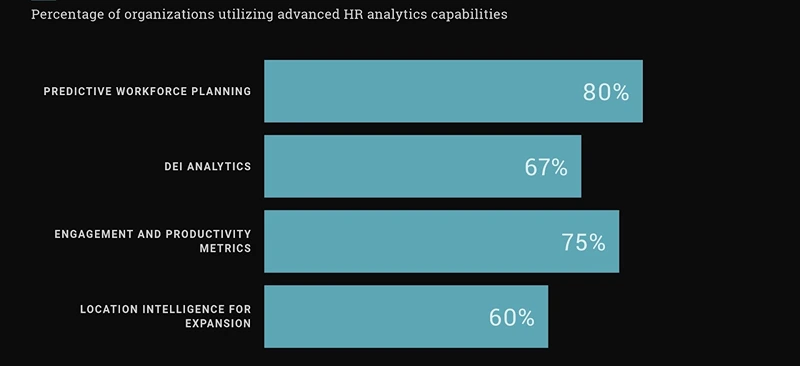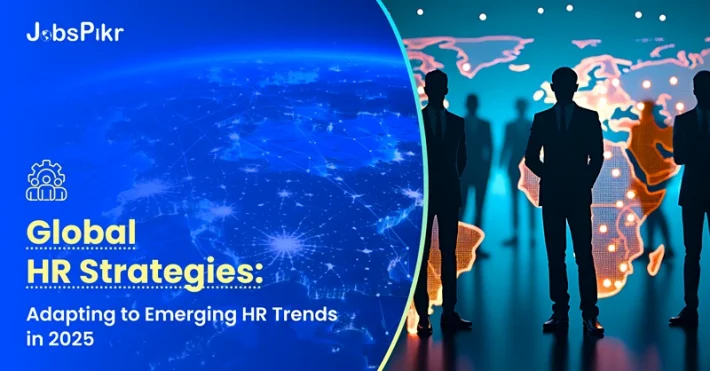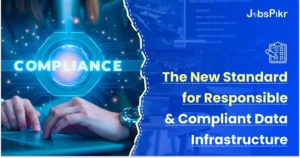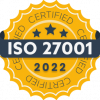- Key HR Trends Shaping Global Workforce Strategies in 2025
- Aligning Global HR Strategies with Labor and Market Shifts
- The Role of Data Analytics in Global HR Decision-Making
- Navigating Multi-Country HR Compliance and Legal Frameworks
- Best Practices for Building Resilient Global HR Frameworks
- Elevate Your Global HR Strategy with Data-Driven Insights
As the world of work rapidly evolves, 2025 presents a pivotal moment for HR leaders across the globe to realign their strategies in response to new realities. The shift to hybrid and remote work models, rapid advancements in HR technologies, global economic volatility, and increasing focus on workforce well-being are redefining how enterprises approach human capital.
This article provides a comprehensive overview of the key HR trends influencing global HR strategies.. We explore how multinational organizations can adapt to labor market dynamics, use data-driven insights to strengthen decision-making, and establish resilient HR frameworks to address compliance, cultural, and productivity challenges across borders. Whether your organization operates in five countries or fifty, this guide serves as an essential resource to help you scale smartly and stay competitive.
Key HR Trends Shaping Global Workforce Strategies in 2025
The global workforce is undergoing transformative changes, driven by digital acceleration, generational shifts, and societal expectations. HR teams are now expected to lead these changes from the front by understanding the key HR trends.
Rise of AI and Automation in HR
AI-driven solutions are transforming recruitment, performance management, employee engagement, and learning & development. HR departments are leveraging AI-powered tools to automate candidate sourcing, screen resumes, and predict employee turnover.
According to Gartner during last year, 76% of HR leaders report that their organizations are already using or piloting AI tools in at least one HR function.
Hybrid and Distributed Work Models
The demand for workplace flexibility is here to stay. Remote and hybrid working models are being normalized across industries. This requires new frameworks for performance tracking, employee communication, and team collaboration across time zones.
Employee Well-being as a Core Metric
Burnout and disengagement remain a concern, especially among remote workers. Enterprises are integrating mental health, wellness programs, and digital support platforms as essential components of their HR offerings.
Skills-Based Hiring and Internal Mobility
More organizations are shifting from degree-based hiring to skills-first recruitment. Upskilling and internal mobility strategies are key to retaining top performers and closing critical skills gaps.
DEI and Global Inclusion Efforts
Global HR teams are implementing stronger Diversity, Equity, and Inclusion (DEI) policies to create equitable opportunities for employees from diverse backgrounds. Culturally sensitive DEI strategies that align with regional values and legal frameworks are being prioritized.
Aligning Global HR Strategies with Labor and Market Shifts

Global enterprises must remain agile in the face of geopolitical instability, changing labor laws, and competitive talent markets. Aligning your global HR strategies with labor market realities requires:
- Localized Talent Planning: Understanding the talent availability, compensation trends, and turnover rates by region. Workforce planning must be responsive to local job market shifts.
- Adaptable Benefits Packages: Tailoring compensation, insurance, and leave policies to local cultures, legal mandates, and cost-of-living indexes.
- Workforce Agility: Encouraging cross-border team collaboration, offering rotational programs, and building skill adjacencies to improve redeployment speed during shifts in demand.
- Contingent Workforce Management: Increased reliance on freelancers, gig workers, and project-based contracts calls for updated policies and vendor management structures.
Global HR leaders need to develop frameworks that are not only scalable but sensitive to regional nuances to maintain compliance and employee satisfaction.
The Role of Data Analytics in Global HR Decision-Making

The integration of HR analytics into global workforce management has become a strategic priority. Data is no longer used just for tracking headcount or payroll—it drives predictive hiring, talent development, and retention strategies.
Predictive Workforce Planning
Advanced data models allow HR teams to anticipate talent gaps, retirement waves, and attrition patterns. This helps in designing proactive talent pipelines and succession plans.
DEI Analytics
Measuring representation, promotion rates, pay equity, and engagement across demographics helps companies identify blind spots and refine inclusion strategies.
Engagement and Productivity Metrics
With hybrid work, organizations use digital tools to track productivity, meeting hours, and employee engagement indicators, creating feedback loops that improve experience design.
Location Intelligence for Expansion
Workforce data supports global expansion decisions by analyzing labor costs, skill availability, and job market saturation in new regions.

Organizations that invest in people analytics platforms are 5x more likely to make faster and more effective workforce decisions.
Navigating Multi-Country HR Compliance and Legal Frameworks

One of the most complex areas of global HR strategy is ensuring compliance with diverse labor laws, tax systems, and employment regulations across multiple jurisdictions.
Local Employment Laws
From working hours and holidays to termination clauses, every country has unique rules. Enterprises must stay current on labor law changes, especially in regions with evolving employment frameworks.
Data Privacy and Employee Records
With regulations like GDPR in Europe and data localization laws in countries like China and India, HR teams must maintain secure and compliant employee data management practices.
Global Payroll and Taxation
Multinational companies need accurate payroll processing and benefits administration across currencies and tax systems. Cloud-based payroll platforms and global PEO partners can help manage this complexity.
Cross-Border Mobility and Immigration
HR teams must support compliant employee relocation and visa sponsorship processes while ensuring fair treatment of international employees.
Compliance isn’t a checklist—it’s a living function that must evolve with policy shifts, global economic changes, and regional workforce developments.
Best Practices for Building Resilient Global HR Frameworks
In today’s dynamic and borderless work environment, building resilient global HR frameworks goes beyond technology implementation. It involves cultivating the right culture, deploying flexible processes, and leveraging strategic insights. Here are expanded best practices that top global organizations are using to create robust HR infrastructures:
Unify Technology and Talent Intelligence
Centralizing your global HR operations through an integrated HRIS or HCM platform is no longer optional. Modern HR stacks should include modules for payroll, benefits, compliance, and workforce analytics. Adding tools like JobsPikr can provide labor market intelligence, skill gap forecasts, and benchmarking insights to guide localized strategies with real-time data.
Localize Policies Without Fragmenting Culture
While maintaining a unified corporate identity, HR teams must adapt policies for cultural and legal diversity. This includes adjusting paid leave policies, holiday calendars, communication protocols, and DEI practices to reflect local norms. Leaders should promote a global company culture that respects regional variation.
Build an Agile Talent Supply Chain
Agility in global talent acquisition comes from cultivating internal mobility, reskilling initiatives, alumni networks, and partnerships with global staffing agencies. Enterprises that anticipate labor fluctuations and maintain active pipelines can fill roles faster and minimize business disruption.
Foster Cross-Border Collaboration and Learning
Virtual collaboration tools, internal job marketplaces, and global mentorship programs help employees build relationships across locations. This not only boosts engagement and innovation but also enhances cultural intelligence within global teams.
Conduct Regular Audits and Benchmarking
Routine audits of compliance readiness, compensation fairness, and performance outcomes help HR leaders identify gaps and risks early. Benchmarking HR KPIs such as retention, cost-per-hire, and engagement against industry standards keeps your strategy competitive.
Adopt Adaptive Governance Models
Instead of top-down enforcement, use a federated model that allows local HR managers to operate autonomously within defined global frameworks. This promotes accountability while allowing responsiveness to regional conditions.
These best practices empower organizations to manage complexity, adapt quickly to market changes, and ensure their people strategies remain globally consistent yet locally effective.
Elevate Your Global HR Strategy with Data-Driven Insights
Global HR leaders in 2025 must go beyond compliance and talent management—they must architect dynamic, data-driven, and human-centered strategies that respond to continuous change. Whether it’s managing hybrid teams, navigating labor laws across borders, or leveraging analytics to shape workforce design, the role of global HR is more strategic than ever.Sign up with JobsPikr today to power your global HR decisions with real-time labor market data and insights built for cross-border workforce planning.




